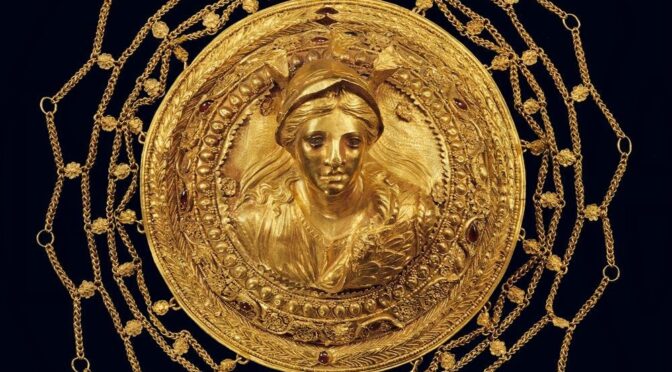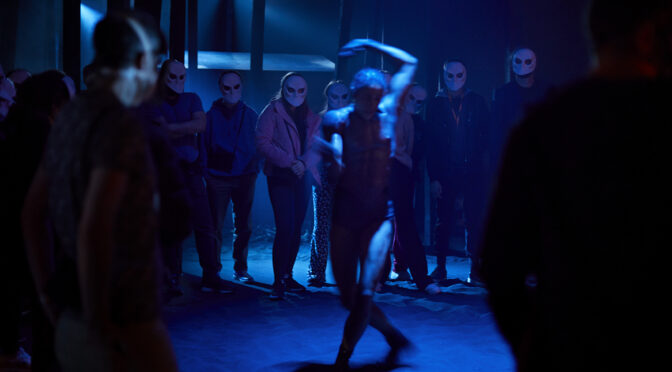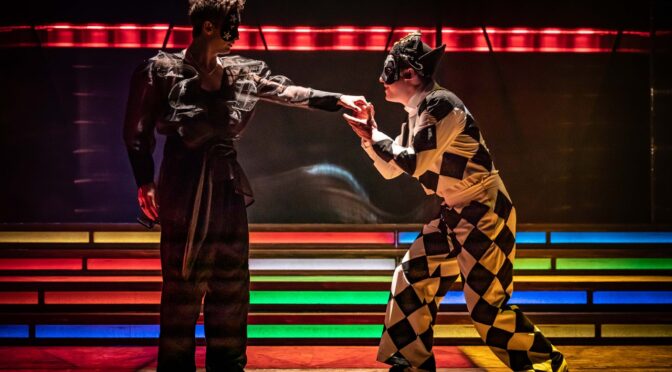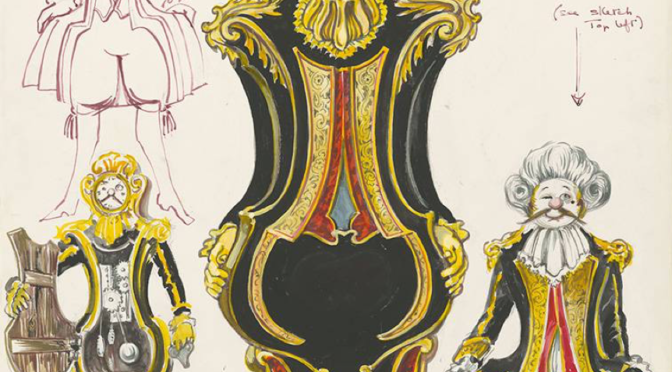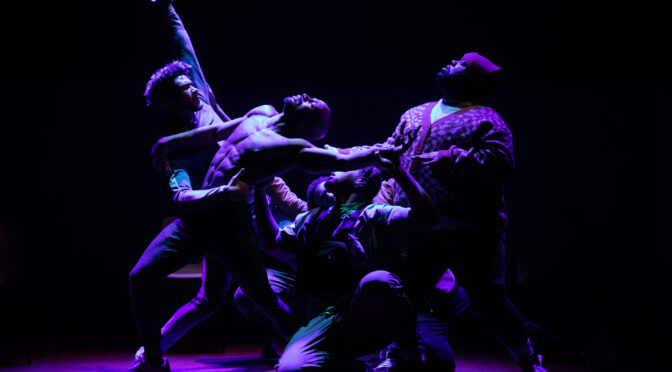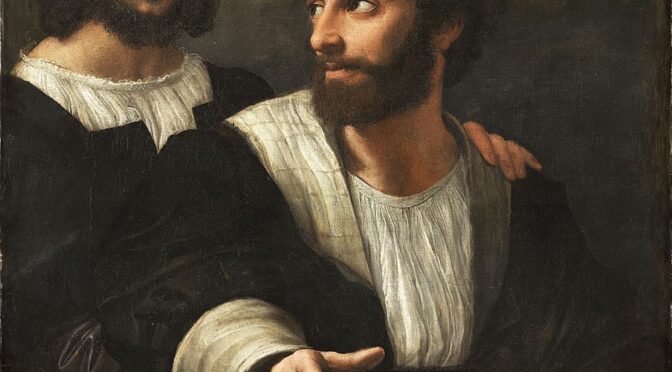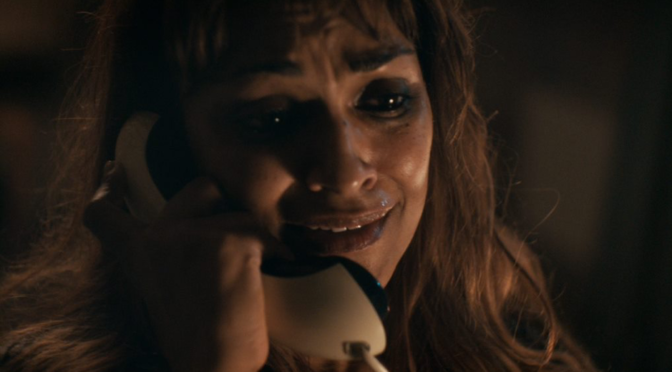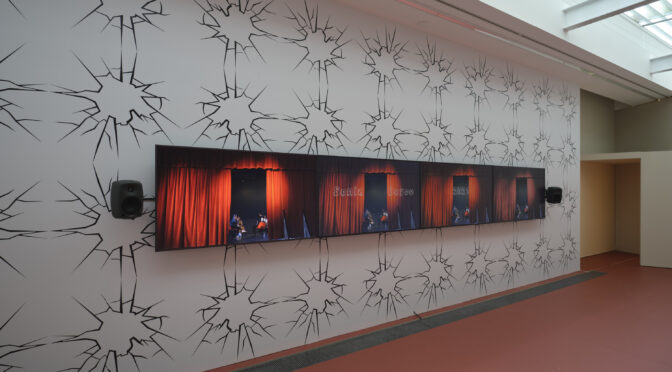We are used to looking at the achievements of Greco-Roman antiquity with admiration and even awe. The Ancient Greece: Science And Wisdom exhibition at the Science Museum makes us take a step back to discover how ancient civilization questioned, contemplated, and debated the natural world. Through the intellectual fusion of the arts, science and religion, ancient Greek thinkers sought to understand the world in a logical and mathematical way.
Strictly speaking, what we now call ‘modern science’ – research conducted in universities and laboratories – is a phenomenon that began only at the beginning of the 19th century; the very use of the term ‘science’ as a synonym for ‘natural science’ emerged in the 19th century. Nevertheless, as the exhibition reveals, Ancient Greek thinkers shared a similar philosophical interest in the natural world and used a variety of methods such as classifying, observing, measuring, and mapping to disclose the world around them. This ancient civilization boasts a long list of achievements in the scientific field. These include scientific discoveries such as the heliocentric hypotheses of Aristarchus, the principles of Archimedes, the discovery of the precession of the equinoxes of Hipparchus, the discovery of the nervous system of Herophilus, and the recognition of the importance of the quantitative mathematical expression of the laws that regulate the occurrence of physical phenomena.
The exhibition features rare and remarkable objects that spotlight five areas of ancient Greek science and allow us to discover the significance of their insights. Through iconic sculptures, storage jars, decorative plates, probes, musical instruments, and uncanny mechanical devices used to predict and map the movements of the stars in the sky, this exhibition testifies how wonder is the sole beginning of wisdom.
Short films and documentaries explain how Ancient Greek engineers employed their skills and knowledge to design ships that would travel further and faster in perilous seas. The deep blue waters of the Mediterranean intrigued Ancient Greek thinkers for the variety of fauna that lived within it, and many conducted systematic studies to uncover how these creatures survived, reproduced, and died. Interest in the human body laid the foundations for studies in human anatomy, whilst sculptors explored symmetry and proportions to achieve balance and harmony when realising the ideal of the mathematical body. Blending the outer aspects of the surroundings with its inner movements and rules were perceived as the purest form of beauty, and the Ancient Greeks aspired to measure and express all phenomena of the universe in mathematical terms. Music was not an exception, and some sought to understand and identify its fundamental qualities through sensory perception. An exceptionally well-preserved aulos, a double-reed pipe, is presented in the exhibition alongside an interactive screen which encourages visitors to give it a go at playing this musical instrument, whilst the short film reveals the difficulties in recreating the sound of the aulos today.
Through the use of audio-visual animation and other virtual media, as well as the latest scientific research and discoveries on these objects and artworks, the Science Museum invites us to step into history and cultivate curiosity, ingenuity and talent in the pursuit of knowledge.
FREE EXHIBITION
DATE: 17 November 2021 – 05 June 2022
PRICE: Free, ticket required
LOCATION: Second Floor Studio, level 2
Gold headdress (about 350-100 BCE) adorned with an image / Athena, Goddess of Wisdom @ Benaki Museum, Athens.
Reviewed by Rachele Nizi- After completing her MA in Reception of the Classical World at UCL, Rachele joined Abundant Art as a creative writer. Her British and Italian origins have inspired her to want to study Art History and European Literature, with an interest in the afterlife of antiquity in the Western tradition.

